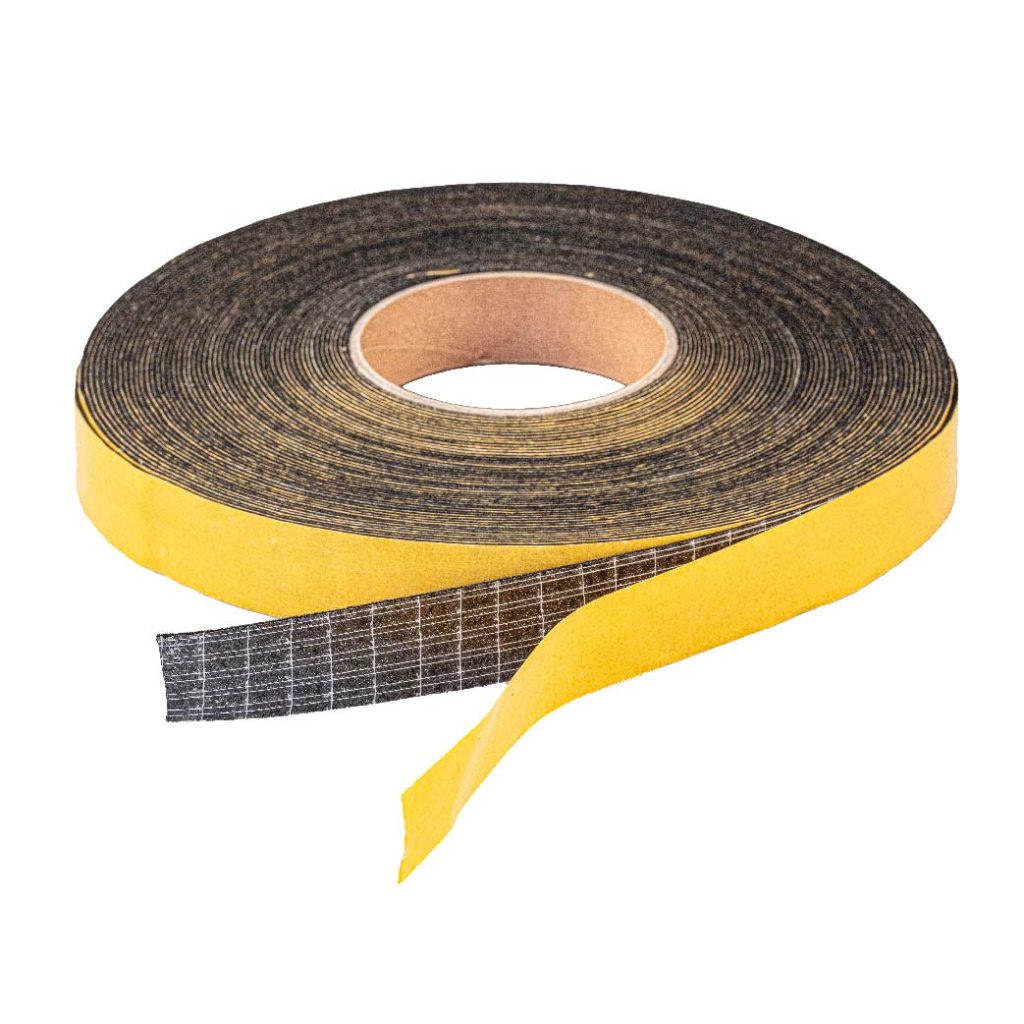Foam tapes are a pivotal component in various industries, offering a unique combination of flexibility, strength, and adaptability. These tapes consist of a foam carrier, which is coated with an adhesive on one or both sides. The inherent versatility of Foam Tapes makes them ideal for sealing, cushioning, insulating, and mounting applications across a wide range of sectors.
Types of Foam Tapes
Foam tapes are categorized into single-sided, double-sided, and specialty tapes, each serving distinct purposes. Single-sided foam tapes are perfect for sealing applications, providing insulation against dust, air, and moisture. Double-sided foam tapes offer exceptional bonding strength for mounting and attaching components. Specialty foam tapes are engineered for specific conditions, such as high temperatures or UV exposure, catering to niche application needs.
Key Features of Foam Tapes
The adhesion strength, durability, and flexibility of foam tapes make them a preferred choice for challenging environments. Their ability to withstand weather, temperature variations, and mechanical stresses while maintaining a strong bond is unparalleled. Furthermore, the compressibility of foam tapes allows for the absorption of vibrations and sound, enhancing product performance.
Applications of Foam Tapes
From the automotive industry, where they are used for interior and exterior bonding applications, to the construction sector for sealing windows and doors, foam tapes play a critical role. In electronics, they provide thermal insulation and shock absorption, ensuring the longevity and reliability of devices.
Benefits of Using Foam Tapes
The versatility and ease of application of foam tapes are significant advantages. They can conform to irregular surfaces, provide excellent sealing and insulation properties, and are easy to apply, reducing labor time and costs. Moreover, foam tapes offer a cleaner application process compared to liquid adhesives, with no drying time required.
How to Choose the Right Foam Tape
Selecting the appropriate foam tape involves understanding the specific needs of your application, including the surfaces involved, environmental conditions, and performance requirements. Factors such as adhesive type, foam density, and tape thickness play a crucial role in the selection process.
Installation Tips for Foam Tapes
For optimal performance, surface preparation is key. Cleaning the surface to remove dust, oils, and moisture ensures a strong bond. Proper application techniques, such as applying pressure evenly across the tape, will enhance the adhesive contact. Regular maintenance and inspection can prolong the lifespan of the application.
Common Challenges and Solutions
Foam tapes must often perform in extreme temperatures and environmental conditions. Choosing tapes with the right material composition and adhesive can overcome these challenges, ensuring durability and longevity.
Innovations in Foam Tape Technology
Recent advancements have introduced eco-friendly foam tapes, which offer reduced environmental impact without compromising performance. Innovations in material science have also led to foam tapes with enhanced properties, such as increased thermal resistance and improved adhesive formulas.
Comparing Foam Tapes with Other Adhesive Solutions
Foam tapes offer several advantages over liquid adhesives and mechanical fasteners, including ease of use, reduced preparation time, and the ability to absorb vibrations. They provide a more aesthetically pleasing finish, with no visible fasteners or residue.
Cost Considerations and Value
While the initial cost of foam tapes might be higher compared to traditional adhesives, the long-term benefits, such as durability, performance, and labor savings, offer significant value. Understanding how to maximize these benefits can lead to cost-effective solutions over time.
Regulatory and Safety Considerations
Compliance with industry standards and safety guidelines is paramount when selecting and applying foam tapes. Ensuring that products meet regulatory requirements can prevent costly penalties and ensure workplace safety.
Future Outlook for Foam Tapes
The market for foam tapes is poised for growth, driven by advancements in materials and increasing demand from industries seeking innovative adhesive solutions. The continuous development of eco-friendly and high-performance tapes is expected to shape the future landscape of this sector.
Conclusion
Foam tapes have evolved into a critical adhesive solution for numerous applications, offering unmatched versatility, performance, and ease of use. As technology advances, so too will the capabilities and applications of foam tapes, ensuring their place in the future of manufacturing and construction.
FAQs
What are the main types of foam tapes and their uses?
Foam tapes are categorized into single-sided, double-sided, and specialty tapes, catering to sealing, mounting, and specific environmental conditions.
How do I choose the right foam tape for my application?
Consider the application needs, environmental conditions, and surface materials to select a foam tape with the appropriate adhesive strength and material properties.
Can foam tapes be used in outdoor environments?
Yes, many foam tapes are designed with UV resistance and weatherproofing capabilities, making them suitable for outdoor applications.
Are there eco-friendly foam tape options available?
Innovations in foam tape technology have led to the development of eco-friendly options that minimize environmental impact.
How do foam tapes compare to traditional adhesive methods?
Foam tapes offer advantages in terms of ease of use, aesthetic finish, vibration absorption, and versatility compared to liquid adhesives and mechanical fasteners.

